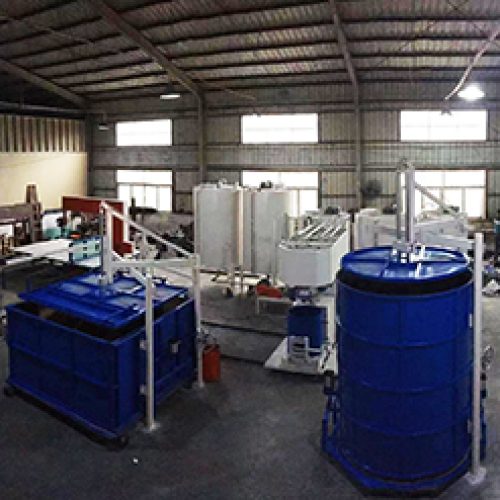Batch polyurethane foam machines need the proper safety measures and maintenance inspections because they are robust, sophisticated pieces of equipment. Performing in a safe and effective manner is ensured by doing this. The following are some reasons why batch polyurethane foam machines require regular safety and maintenance inspections:
The avoidance of accidents and injuries:To prevent mishaps and injuries, safety inspections are important. To guarantee appropriate operation, all safety components, such as emergency stop buttons, safety guards, and warning signs, should go through routine maintenance inspections. By adhering to proper safety procedures and receiving adequate training, accidents and injuries can also be avoided.
To guarantee ideal performance: The machine will work at peak efficiency and reliably produce high quality foam products with proper maintenance. Routine cleaning and maintenance checks prevent residues and pollutants from affecting foam quality. This could increase productivity, save downtime, and increase equipment longevity.
Reduce Expensive Repairs: By doing routine maintenance checks, possible issues can be discovered before they become costly repairs or downtime. Along with lasting longer, properly maintained equipment requires fewer replacements over time, saving money overall.
Compliance: Performing routine safety and maintenance checks on a machine lowers the danger of penalties or legal repercussions by ensuring it complies with government regulations and industry standards.
Protect workforce health: Chemicals used in the production process, such as polyols and isocyanates, can be dangerous. Inhalation or contact with skin, eyes, or clothing can cause major health issues. Routine inspections can also help detect and remediate health risks, such as leaks or spills.
In conclusion, regular safety and maintenance inspections are necessary to guarantee batch polyurethane foam machines’ safe and effective functioning. Regular inspections can preserve workers’ health, save costly repairs, ensure optimal performance, and prevent accidents and injuries.

